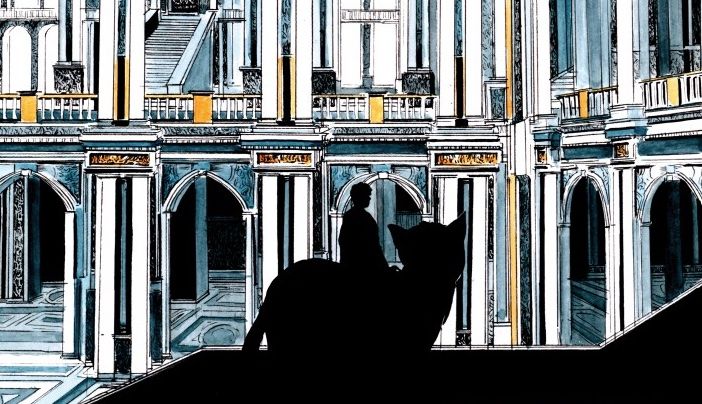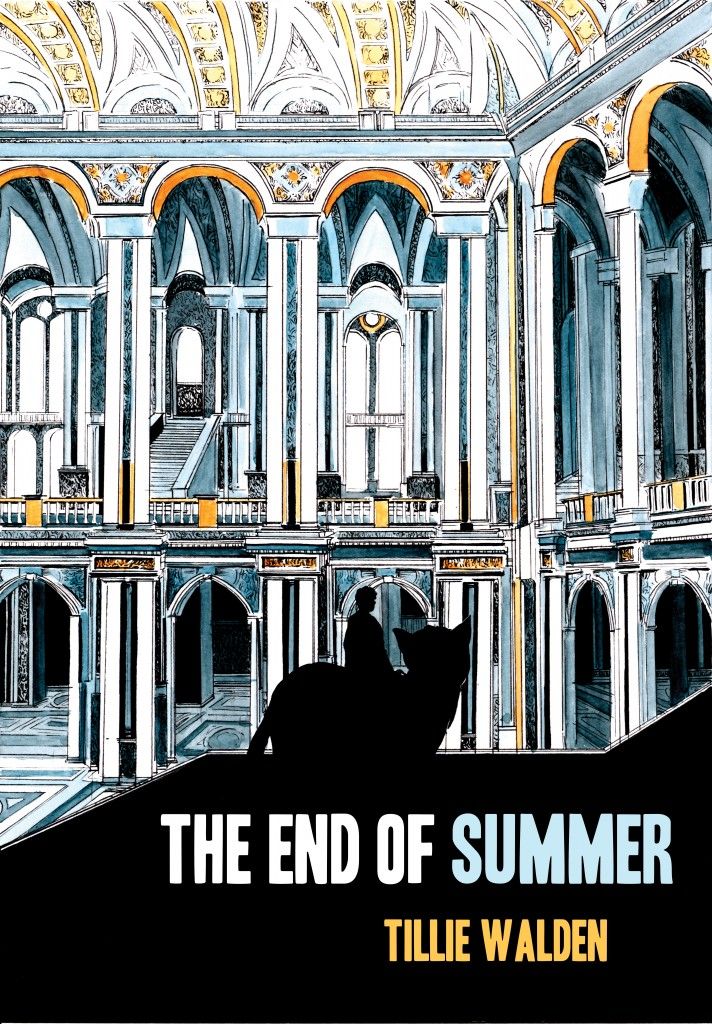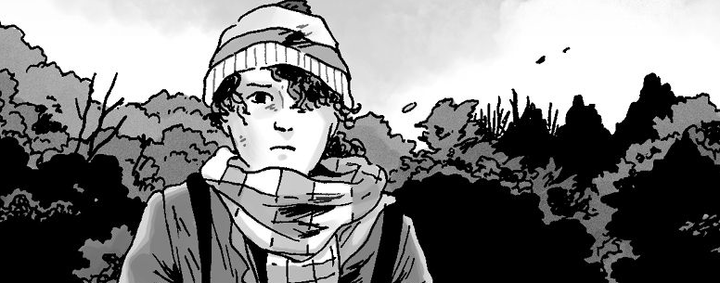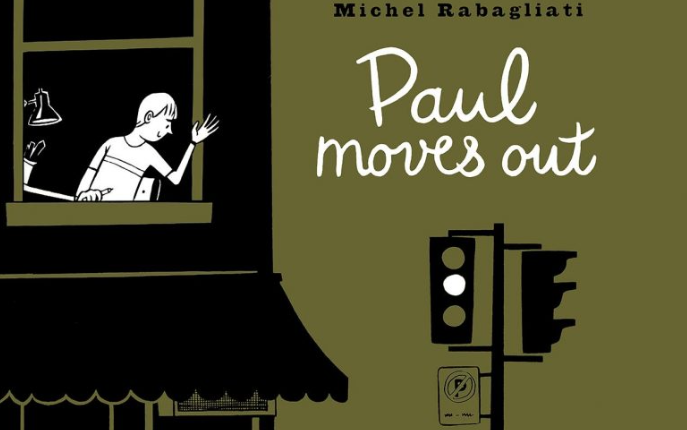From the Archives: The End of Summer (2016)

I don't think I knew who Tillie Walden was before being offered a review copy of The End of Summer at Newsarama. It was actually the second printing of the book but there had been some buzz around it so I figured I'd check it out.
Who knew what Tillie Walden was going to be able to do.
It's still maybe my favorite of her works just because it is so liberated but she would continue to create great and personal comics, including Spinning just a few years later.
And next year she's going to do a Walking Dead comic. That's just wild.
The End of Summer was recently included in the collection Alone in Space, out now from Avery Hill Publishing.
This review was originally written and published in Oct, 2016.
The End of Summer
Written by Tillie Walden
Art by Tillie Walden
Published by Avery Hill Publishing
Review by Scott Cederlund
‘Rama Rating: 9 out of 10
In describing the process of creating The End of Summer, Tillie Walden writes in the afterword, “So I started with three things: Twins. Cats. Architecture. And with those three words, I built the story.” Her book tells the story of a sick boy, Lars, who lives in a really quite wonderful and mysterious house with his twin sister and their family. And to call their home a “house” is really underselling what it is. It’s more like a castle or even a mesmerizing fortress that protects the family from the three-year winter that is advancing on them. Walden’s story is a beautiful moment in time caught with pen and ink that takes us to a new world even as it breaks our hearts with the cruelty of family.
The End of Summer is part fantasy and part family drama. And both parts buttress each other as the fantasy that she creates develops the aristocracy of the family drama which gives the fantasy weight and meaning. Their home, a giant mansion with all of these wonderful little nooks and crannies, becomes another character in the book, another member of the family. The architecture is both a comforter and a threat to the Lars, his giant cat Nemo, and his twin sister Maja. It’s full of all of these wonders and things that would thrill any kid, almost like it’s a giant, indoor, Victorian amusement park. Lars rides around inside his home on Nemo. But the house is also a prison as his family prepares to spend three years in it, protected from the winter.
Within the many walls of this labyrinth-like house, Walden sets up these complex and damaging family relationships. The sickly Lars is essentially trapped in this house with his family as they all begin to fall into a bit of madness. They are all essentially looking at a three-year imprisonment from the winter. Maja rebels against her parents; their brother Percy starts to become overly possessive of little figurines; their parents begin to chafe at their roles and moral responsibilities. Winter may be coming in this book but the madness is already here. Walden carefully paces out the many sins of the family, leading up to the sad breakup of everything Lars’ family was trying to protect.
Visually, the family is quite literally fading from view throughout the book while the architecture gets more solid and permanent. Walden draws as much as she needs to in every panel and on each page to tell her story so sometimes her characters are well defined and sometimes they’re just a few marks, more than enough to suggest the mood or tone of the moment. As the book develops, she gets more confident in her drawing and storytelling, until her art is quite minimalistic towards the climax of the story. It’s as if the people are fading from this place and this time while the house, a monument to their existence, will long outlast them.
In The End of Summer, it’s as if the house both protects the family while it picks away at them. As a reader, it looks like this great and magical place that would just be a fantastic place to live in but you can quickly see how the madness sets in. Tillie Walden creates this space that should be safe but the pressures it and the coming winter press on Lars and his family forces this maddening change in the family. “Twins. Cats. Architecture.” Walden’s story takes this fragile, unhealthy family and places them in a fortress, protecting them from the winter but traps them with the rest of their family.






Comments ()